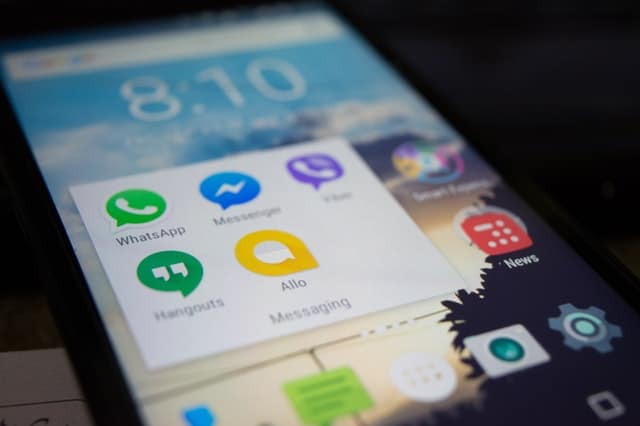With a plethora of messaging channels available, it’s crucial for businesses to use the right platform for their marketing campaign to ensure successful results. This platform should allow them to meet the number one rule in today’s marketing landscape: To deliver the right message to the right people at the right time.
Regardless of what your business is, there’s no denying that most of our customers interact with us through their mobile device. With more than 4.57 billion mobile users worldwide, it’s clear where many of your customers are these days. Mobile marketing is something you cannot afford to ignore, especially if you’re looking for ways to improve the effectiveness of your marketing efforts.
But like any other tactic, you cannot simply implement mass messaging in your business without fully understanding its proper usage. So, without further ado, here is a simple yet actionable guide that will help you use mass messaging as a part of your marketing strategy.
1. Determine the Content of Your Message
Before you use mass messaging in your business, it’s important to first know the purpose you’ll be using it for. This means determining the types of content you’ll be sending out to your target recipients.
Furthermore, the limited real estate of SMS messaging requires ficus: make it too short and your target recipients might get confused about your message; make it too long and you run the risk of losing your customer’s interest.
The end goal of marketing through mass messaging is to get a response from your customers. Content ideas that typically generate response include:
- Surprise offers
- A text asking for feedback
- A text message to boost your email campaign
- Reminders about upcoming events and promos.
IMPORTANT: For legal reasons, don’t forget to identify your company within the message, as well as your contact address, and opt-out offer for the text message service, which is usually the word “STOP” sent to a particular number.
2. Know the Best Time to Send
After you identify the message you’ll send out, you need to find out the optimal time to press that send button. The truth is, it depends on your industry and the type of message you’ll be sending.
For instance, a restaurant may want to drive customers to their business during non-peak hours, say 3:00-5:30 pm. So, they’ll choose to send their messages just after lunchtime. A tavern may choose to send a message after offices hours, to encourage employees to go out for drinks after work.
However, there are certain times and days of the week that you should avoid. Mondays have the lowest response due to the number of communications that people receive after the weekend.
You don’t want to send a bulk message during wee hours either since you don’t want to disturb your customers while they’re sleeping. Instead, choose times of the day when your target customers will be most receptive, such as lunch time or early evening.
3. Determine the Best Frequency
The type of message not only determines when your business should send the message but also how often you should you should message your target recipients. Regardless of what type your business is, your customers will surely unsubscribe from your service once you flood their inbox with daily messages. However, if there’s a large time gap between messages, you also run the risk of losing their interest.
Here are few guidelines on how often should you message your recipients:
- Message them more than once a week if the message is relevant and must be mentioned consistently to the user when they subscribe.
- Weekly or bi-weekly for typical news and alerts.
- Don’t wait more than two to three weeks without sending follow-up messages to your subscribers
4. Identify the Right Recipients
Once you identified the right message, the right timing, and the right frequency, the only missing element left to complete your mass message marketing is identifying the people who will receive your message. Again, the type of the message will directly impact who should receive the message. If you send discount codes valid only for existing customers, then you should exclude in the list those who haven’t yet purchased from you.
Your recipient’s demographics should also be considered. For example, you wouldn’t want to offer free mascara for men, because it’s likely the response rate would be close to zero, and some may even think the messages are bogus. Likewise, young people are less likely to call you back but instead click the URL within your message, whereas older people are more comfortable calling you instead.
5. Know the Legal Issues with a Mass Messaging
A customer’s mobile phone is a much more private place than their email inbox, and the fact that phone doesn’t have spam filters like email make it more susceptible to unsolicited messages. Because of that, governments have made various regulations to protect customers from receiving texts without their consent.
One such is the Mobile Advertising and the Telephone Consumer Protection Act of 1991. This regulation states that anyone dialing a person’s mobile phone or sending a text message must have consent. This federal law prohibits unsolicited mass calls and text advertisements, and it gives recipients of those unsolicited calls the right to collect up to $1,500 in statutory damages for each violation (or each phone call or text message).
These are all the steps you should follow to ensure a successful mass message marketing campaign. If you want to learn more about how mass messaging can help your business, just contact TeleMessage today.




